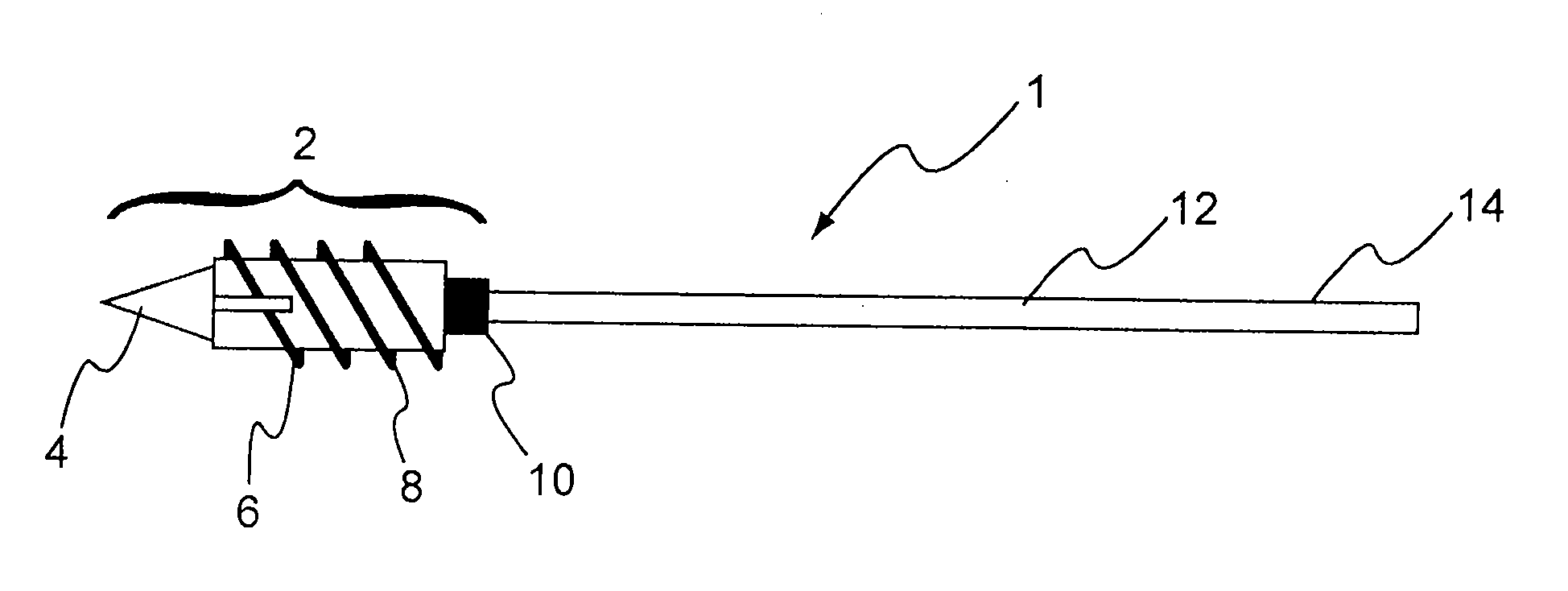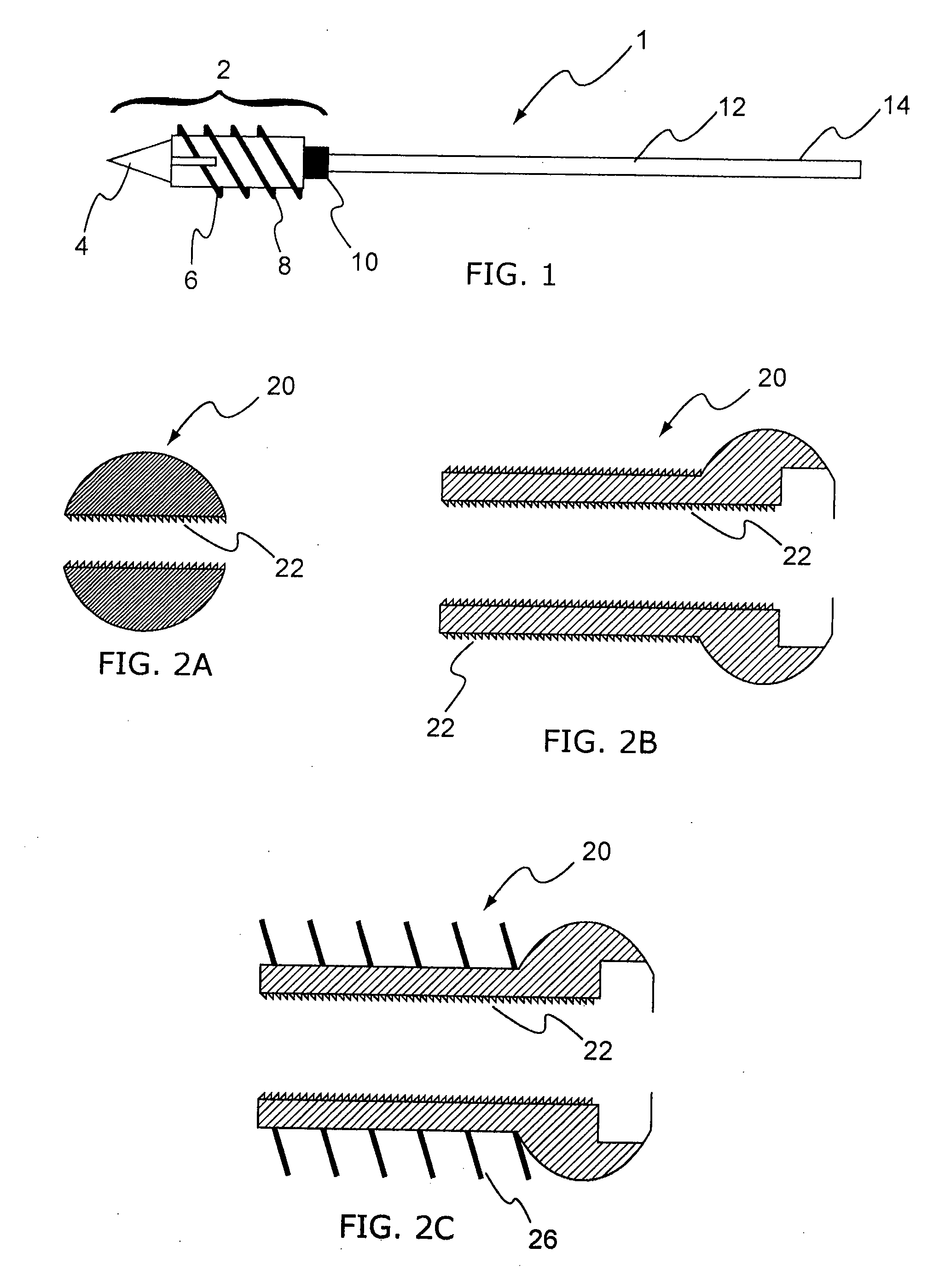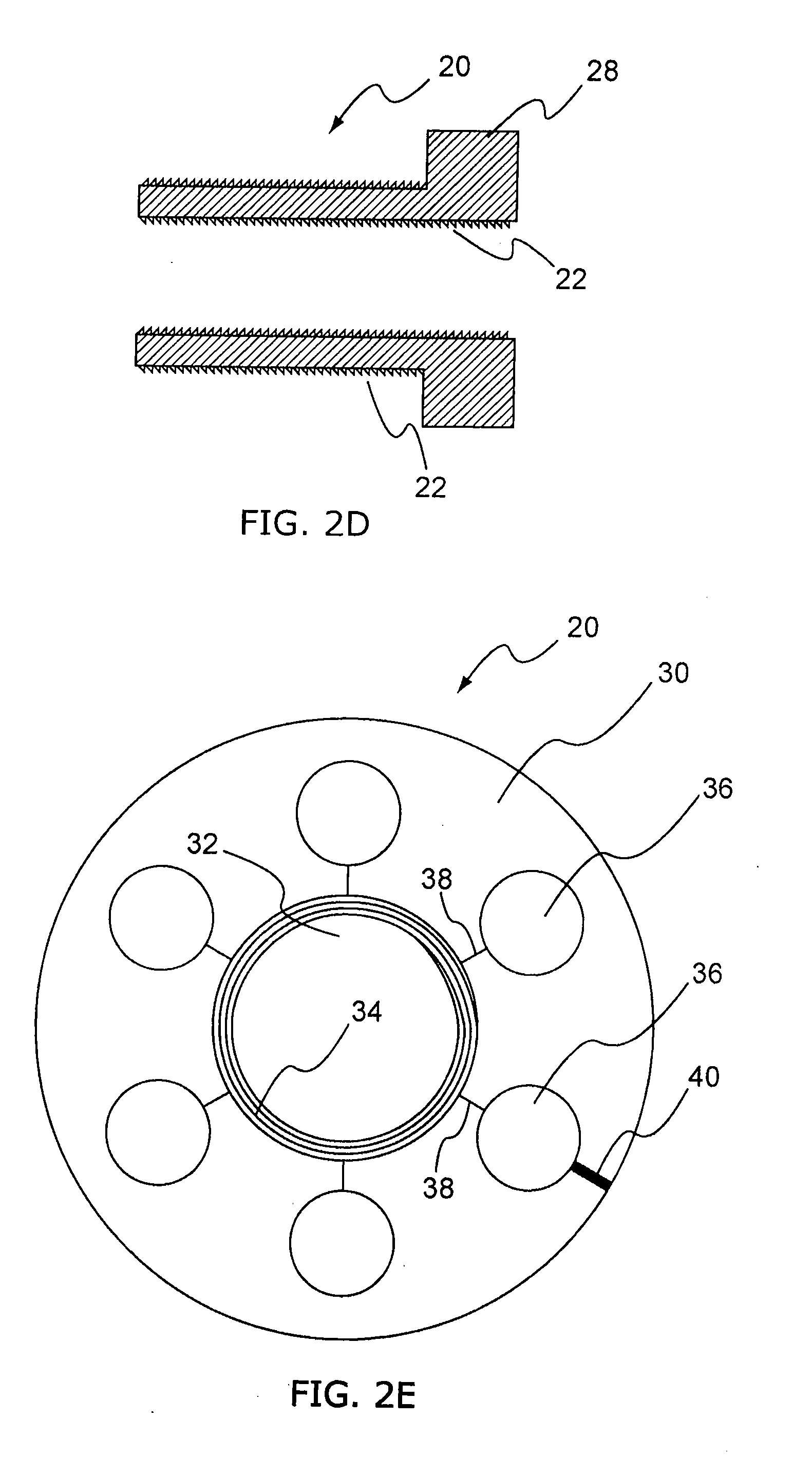Cannulated bone screw system and method
a bone screw and cannula technology, applied in the field of bone screw system and method, can solve the problems of very time-consuming, each step the entire process is very time-consuming, so as to reduce the force, minimize or prevent the device from protruding
- Summary
- Abstract
- Description
- Claims
- Application Information
AI Technical Summary
Benefits of technology
Problems solved by technology
Method used
Image
Examples
Embodiment Construction
[0040] The present invention is described herein and includes various exemplary embodiments in sufficient detail to enable those skilled in the art to practice the invention, and it should be understood that other embodiments may be realized without departing from the spirit and scope of the invention. Thus, the following detailed description is presented for purposes of illustration only, and not of limitation, and the scope of the invention is defined solely by the appended claims. The particular implementations shown and described herein are illustrative of the invention and its best mode and are not intended to otherwise limit the scope of the present invention in any way.
[0041] In general, the present invention facilitates the change in distance between objects or surfaces, compresses objects together and / or provides a configurable or random amount of pressure between surfaces. The system may facilitate changing, maintaining, reducing and / or expanding the distance between obje...
PUM
 Login to View More
Login to View More Abstract
Description
Claims
Application Information
 Login to View More
Login to View More - R&D
- Intellectual Property
- Life Sciences
- Materials
- Tech Scout
- Unparalleled Data Quality
- Higher Quality Content
- 60% Fewer Hallucinations
Browse by: Latest US Patents, China's latest patents, Technical Efficacy Thesaurus, Application Domain, Technology Topic, Popular Technical Reports.
© 2025 PatSnap. All rights reserved.Legal|Privacy policy|Modern Slavery Act Transparency Statement|Sitemap|About US| Contact US: help@patsnap.com



